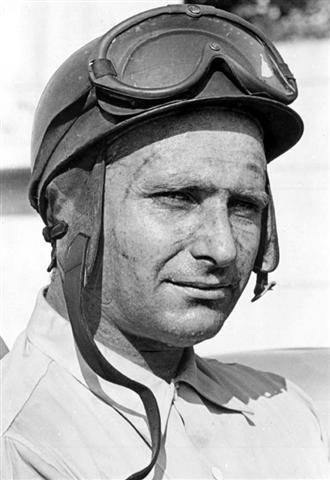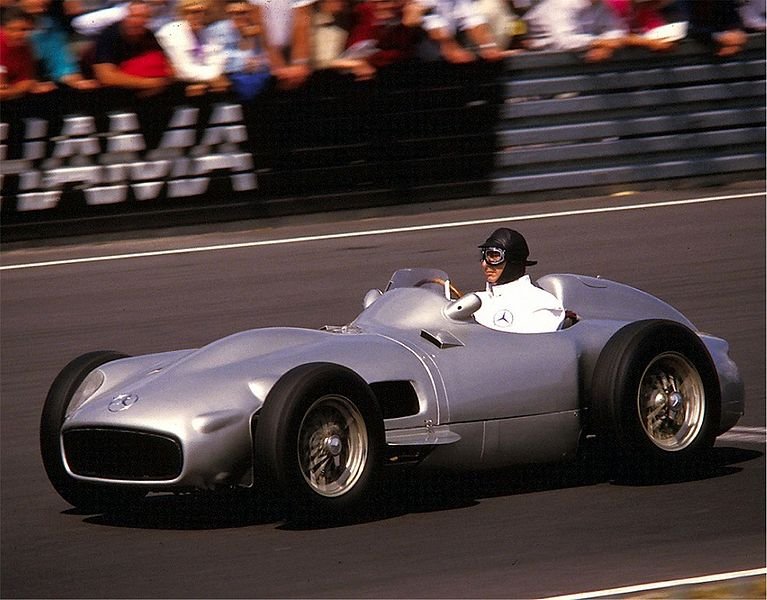Thread Starter
#181
18th July
July 18th 1911
James D. Robertson, of Toledo, OH, received a patent for a "terminal Clamp"; assigned to Champion Spark Plug Company. It was company's first patent.
July 18th 1948
Juan Manuel Fangio, a.k.a. "the Maestro," made his Formula One debut finishing 12th at the Grand Prix de l'ACF in France. Fangio was 37 years old at the start of his first Formula One race, but his late appearance onto the racing scene did not diminish his impact. Born to an Italian immigrant family outside of Buenos Aires, Argentina, Fangio learned to race on the death-trap tracks of Argentina for little reward. Finally, his excellence was recognized by Argentine dictator Juan Peron, who agreed to sponsor Fangio's racing career. Formula One Grand Prix racing began in 1950, and Fangio took second place in the World Driver's Championship driving for Alpha Romeo. The next year he won. A crash kept him out of the circuit for the next two years, but in 1954, he switched to the Mercedes team and won his first of four consecutive World Driver's Championships. He is the only man to ever have won five titles.
Juan Manuel Fangio

Juan Manuel Fangio driving a Mercedes-Benz W196 in the 1986 Oldtimer Grand Prix at the Nürburgring

July 18th 1911
James D. Robertson, of Toledo, OH, received a patent for a "terminal Clamp"; assigned to Champion Spark Plug Company. It was company's first patent.
July 18th 1948
Juan Manuel Fangio, a.k.a. "the Maestro," made his Formula One debut finishing 12th at the Grand Prix de l'ACF in France. Fangio was 37 years old at the start of his first Formula One race, but his late appearance onto the racing scene did not diminish his impact. Born to an Italian immigrant family outside of Buenos Aires, Argentina, Fangio learned to race on the death-trap tracks of Argentina for little reward. Finally, his excellence was recognized by Argentine dictator Juan Peron, who agreed to sponsor Fangio's racing career. Formula One Grand Prix racing began in 1950, and Fangio took second place in the World Driver's Championship driving for Alpha Romeo. The next year he won. A crash kept him out of the circuit for the next two years, but in 1954, he switched to the Mercedes team and won his first of four consecutive World Driver's Championships. He is the only man to ever have won five titles.
Juan Manuel Fangio

Juan Manuel Fangio driving a Mercedes-Benz W196 in the 1986 Oldtimer Grand Prix at the Nürburgring

Source:
The History Channel
Wikipedia
The History Channel
Wikipedia












![Thumbs Up [thumbsup] [thumbsup]](https://www.theautomotiveindia.com/forums/images/smilies/Thumbs%20Up.png)













